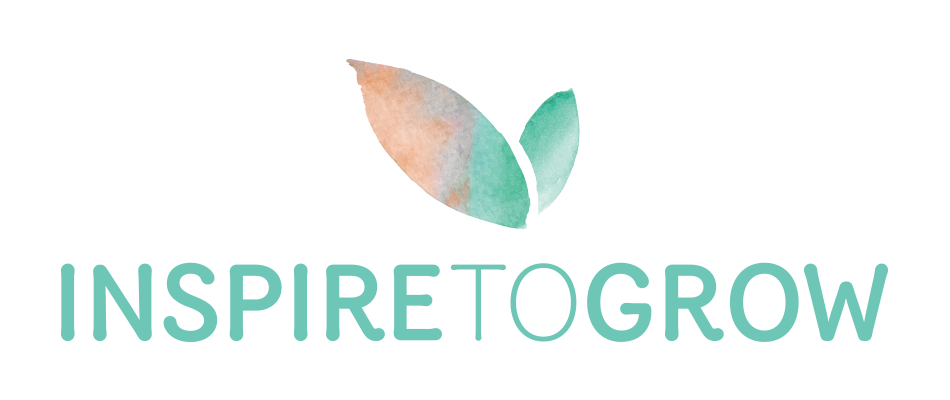If you would ask me my favorite quality in leaders, I would say it is the ability to straddle paradoxes.
At first glance, that might sound vague or abstract. But bear with me for a moment. A paradox is simply the capacity to hold and navigate opposing tensions. Not choosing one or the other, but learning to work with both.
In over a decade of leadership coaching, I have found that almost every leadership challenge lives on what appears to be a continuum. One pole at one end, the opposite pole at the other.
For example:
Leaders who are very task focused often struggle with situations that demand people focus
Leaders who lead from a place of equality often face challenges that require asserting authority
Leaders with an unstoppable can do mentality often bump into situations where clear boundary setting is necessary
During coaching, we spend time unpacking these tensions. Exploring the discomfort. Sitting in the uncertainty. And then, at some point, clarity emerges. The leader starts to see what is required of them.
This is the moment where internal resistance kicks in.
They feel like stepping into authority means abandoning their belief in equality.
They feel like setting boundaries means betraying their can do mindset.
They feel like focusing on people means they are neglecting the task.
In other words, they believe they must move from their comfortable side of the continuum to the uncomfortable one. And in doing so, they fear leaving behind their authenticity.
But here is the shift that unlocks growth.
What is necessary is not abandoning your strength. What is necessary is letting go of the idea that there is a continuum at all.
These are not opposites. These are partners in a paradox.
Great leaders learn to hold both people and task focus.
Both equality and authority.
Both optimism and boundaries.
They develop the capacity to move fluidly between them, and more importantly, to integrate them.
This is what rounds them out as leaders and as human beings.
This is what expands their range.
This is what unlocks their full capacity.
So I leave you with this reflection.
What is the paradox you have yet to straddle?
Which two seemingly opposing qualities do you need to learn to hold at the same time, rather than choosing one?
It is in that tension, held with presence and self awareness, that leadership truly becomes art.
In our Inspire to Lead programme, we work directly with these concepts — moving leaders beyond simple continuums (“more of this, less of that”) and into the ability to hold behavioural paradoxes with maturity and presence. We help leaders develop the capacity to be confident and humble, compassionate and firm, strategic and human — at the same time. That is where leadership deepens, and where behaviour starts to shift in a sustainable way.
